
DEVON artist Sarah Gillespie will present Moth at Castle Howard, near York, from May 29 to September 5.
The exhibition is the result of an ongoing project that, for the past two years, has seen Sarah research, draw and engrave common English moths by way of highlighting their dramatic and devastating decline and celebrating their overwhelming importance.
“If what I have been given is the ability to focus, to pay attention, and if there is even the remotest chance that in attending lies an antidote to our careless destruction, then that’s what I have to do – to focus,” she says. “It’s not enough but it’s necessary.”
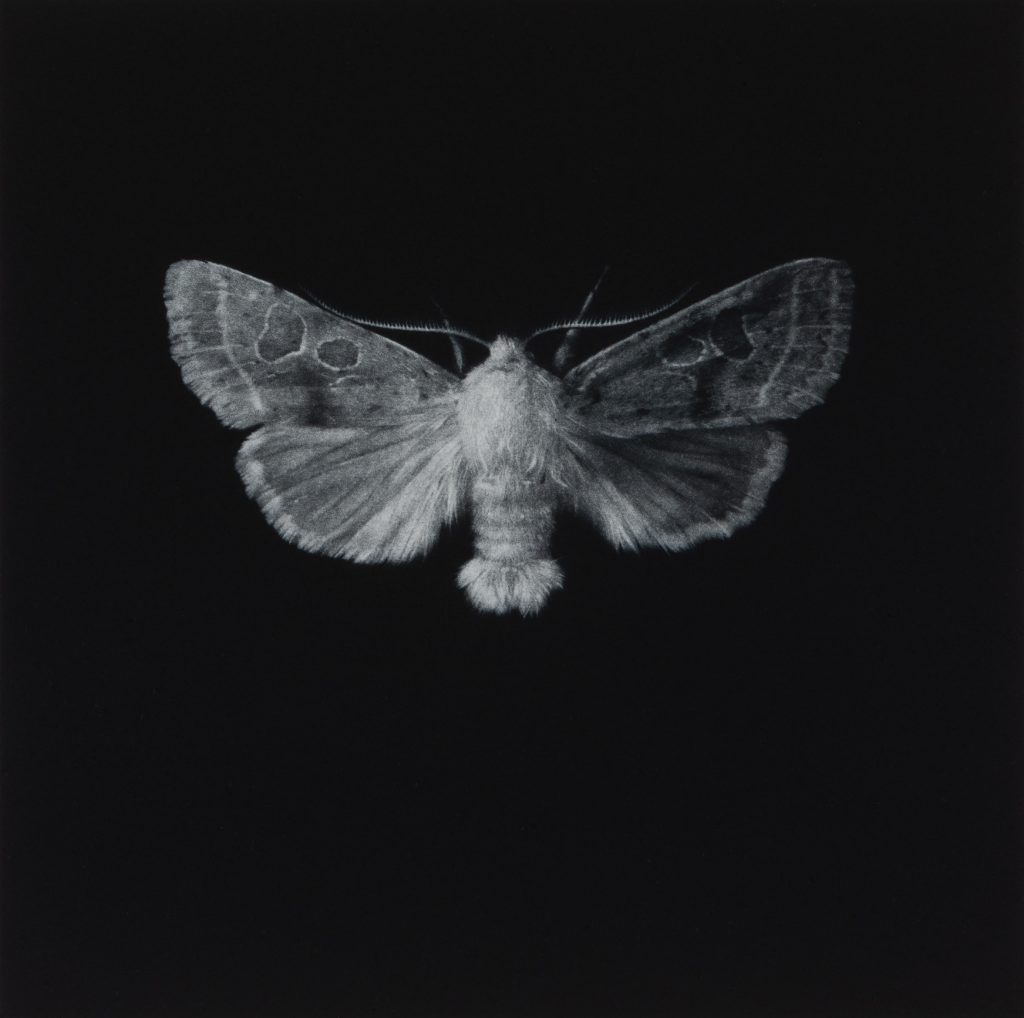
Moth will feature all 22 of Sarah’ mezzotints as well as a new work, her largest mezzotint to date. Measuring a monumental 2ft by 3ft, Peppered Moth marks a stark change to a process normally measured in inches and not feet.
Sarah will live onsite in the grounds of Castle Howard as part of a month-long artist’s residency, where she will study its moth population and produce new works in response, including one created publicly during visiting hours.
Castle Howard’s publicity for Moth rallies to the defence of an insect “frequently considered a pest, deeply unloved by most humans and grossly misunderstood and overlooked in favour of the more colourful, daylight-dwelling butterflies. However, moths are more numerous and more varied.
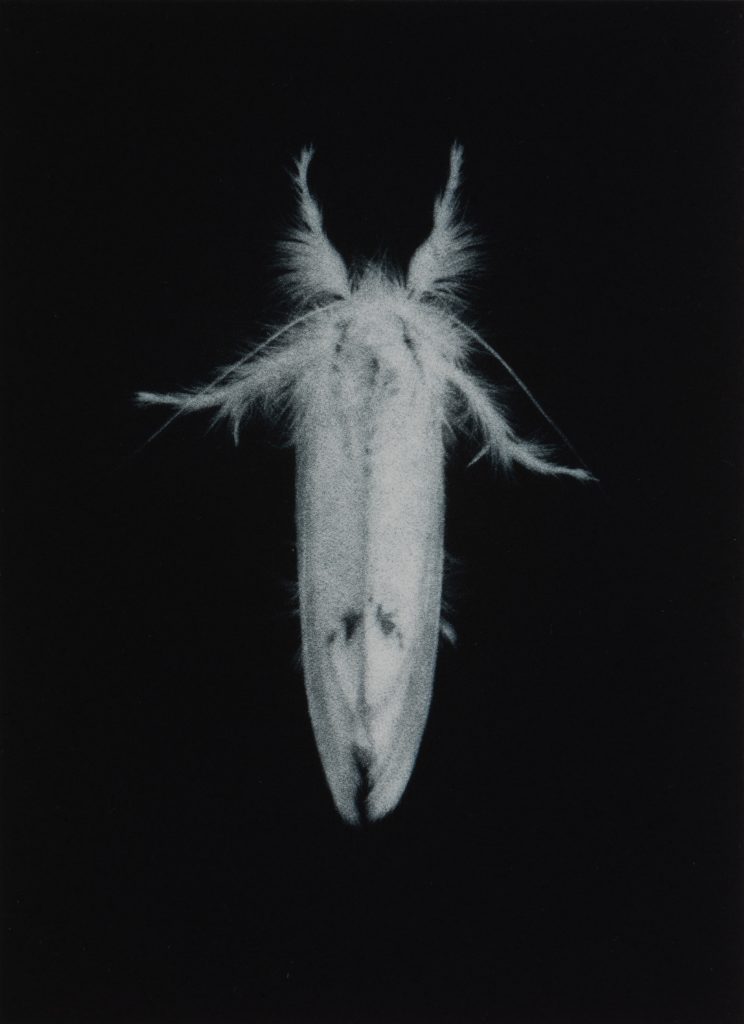
“They are a major part of our biodiversity and hold vital roles in the wildlife ecosystem as pollinators, recyclers, and food for bats and beloved songbirds.”
Highly topically, the United States-based pharmaceutical company Novavax has used moth cells to create its coronavirus vaccine. Part of the Lepidoptera group of insects, meaning “scaly winged”, moths matter. From the silk road to ultra-new vaccines, life is tied up with moths.
Since 1914, it is believed that around 62 species of moths have become extinct in Britain alone. In the last 35 years, the overall number of moths here has fallen by around one third owing to habitat loss, intensive farming, commercial forestry and light pollution.
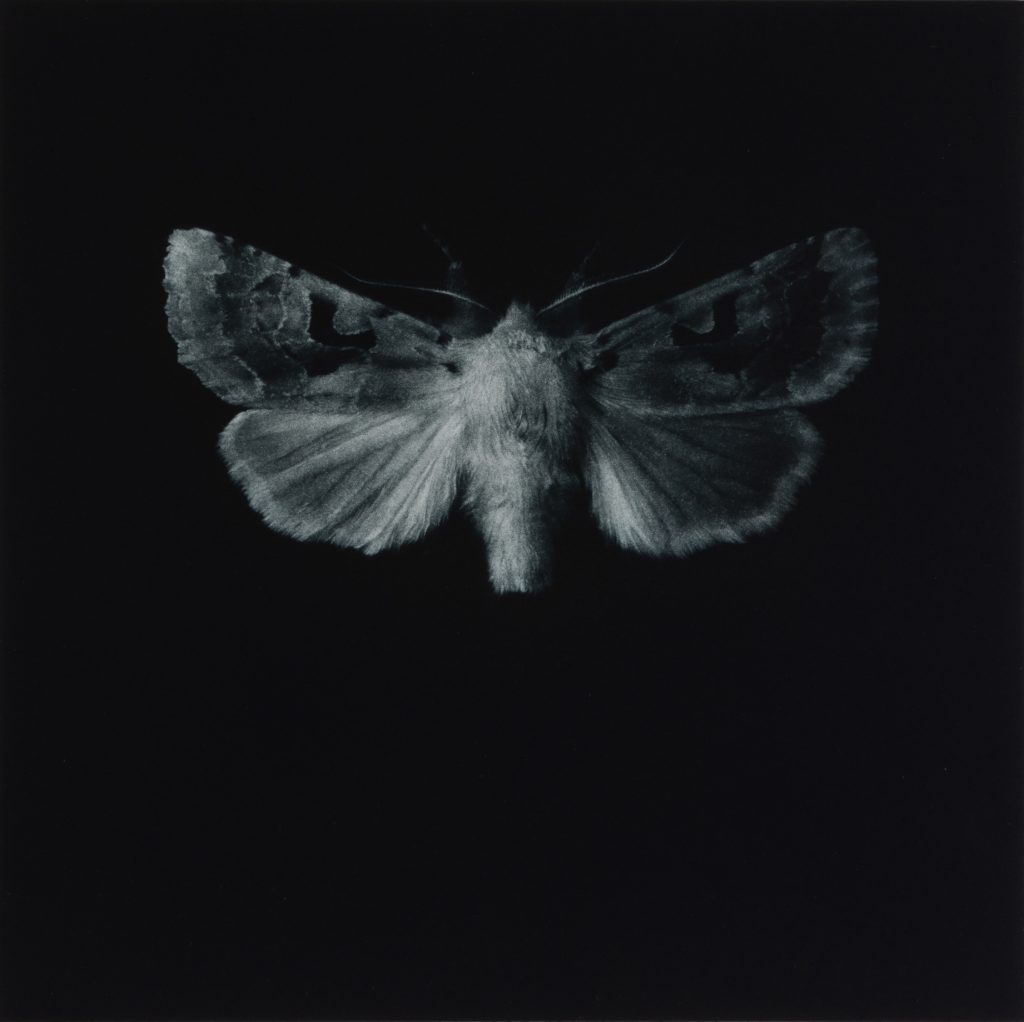
Species such as the well-known Garden Tiger have fallen in number by 80 per cent or more. Sarah’s work “draws attention to this catastrophic collapse while tenderly celebrating their unseen nocturnal lives, exquisite diversity and the poetry of their common English names”.
Her use of mezzotint – a labour-intensive tonal engraving technique used widely between the 17th and early 19th century – is key in rendering the nocturnal quality of both the subject matter and the works themselves.
It is only through repeated careful and gradual scraping and polishing of the copper mezzotint plate that these soft gradations of tone and rich and velvety blacks are revealed. At times presenting themselves in all their astounding detail and at others disappearing altogether, Sarah’s moths hum quietly, a gentle reminder of what may disappear permanently.
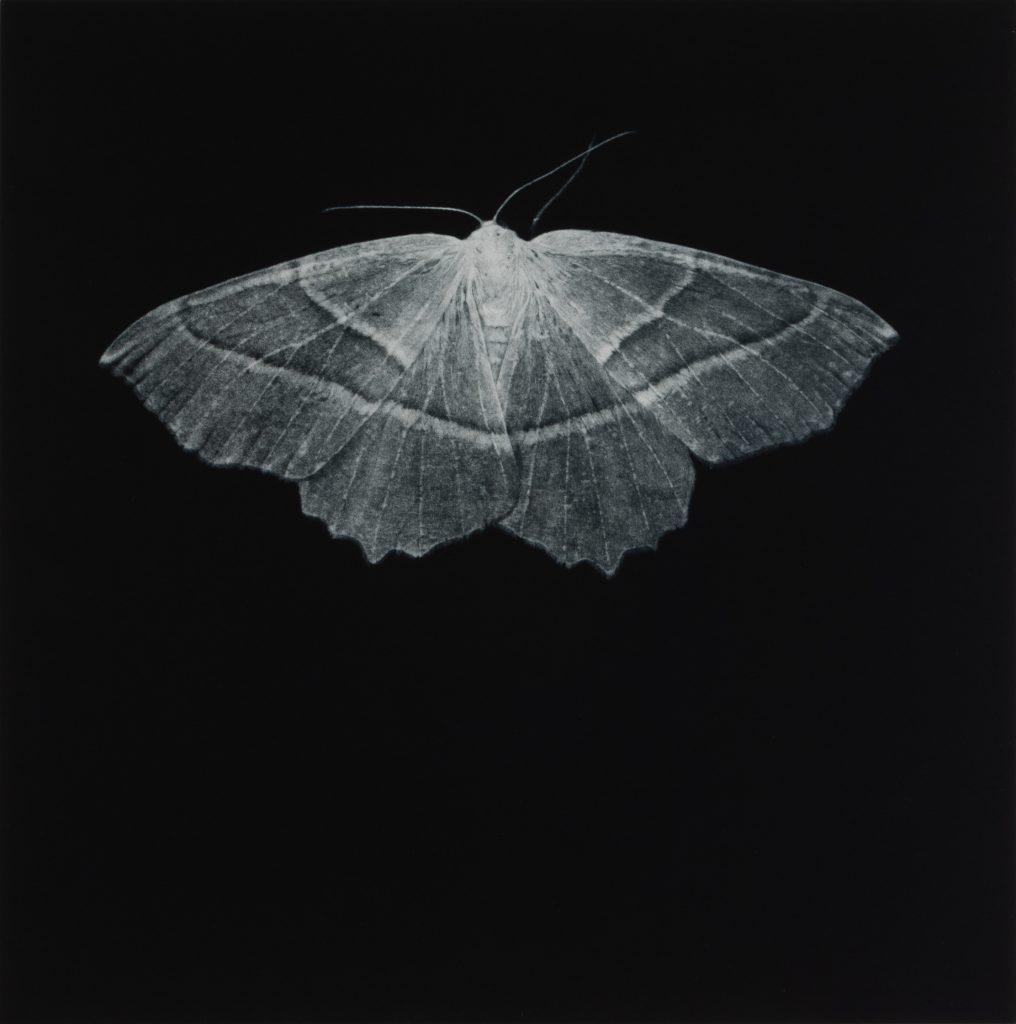
The creation of the Peppered Moth mezzotint is of particular relevance to Castle Howard, whose landscaped gardens provide the ideal location for its own large and varied moth population.
During the Industrial Revolution in the 19th century, the species experienced a rapid evolutionary mutation, causing it to turn black. The Peppered Moth’s unusual colour change saw it darken in response to its habitat that became increasingly polluted and soot covered, allowing it to camouflage and escape predators.
It was in industrial Yorkshire cities, close to Castle Howard, that the phenomenon was observed in 1848, a full ten years ahead of Charles Darwin’s world-recognised theories on natural selection.
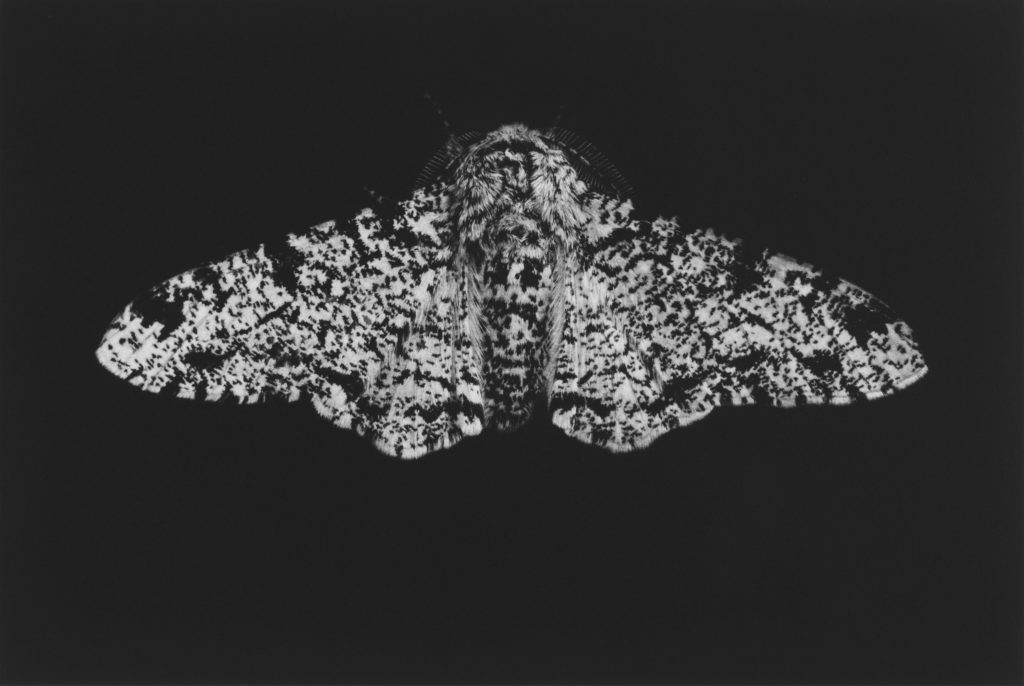
The introduction of clean air laws in the 1960s saw the previous speckled variety return. Creating a mezzotint on this large scale has been a significant feat for Sarah, taking her a number of months to perfect.
The Peppered Moth will become a focal point for the Moth exhibition, not only for its sheer size but to reflect the tenacity of these creatures and the geographical ties to Castle Howard behind this particular species’ fascinating evolutionary story.
Nicholas and Victoria Howard, owners of Castle Howard, say of the exhibition: “We were first introduced to the work of Sarah Gillespie about eight years ago and quickly realised that she was one of the greatest landscape and nature artists of her generation.
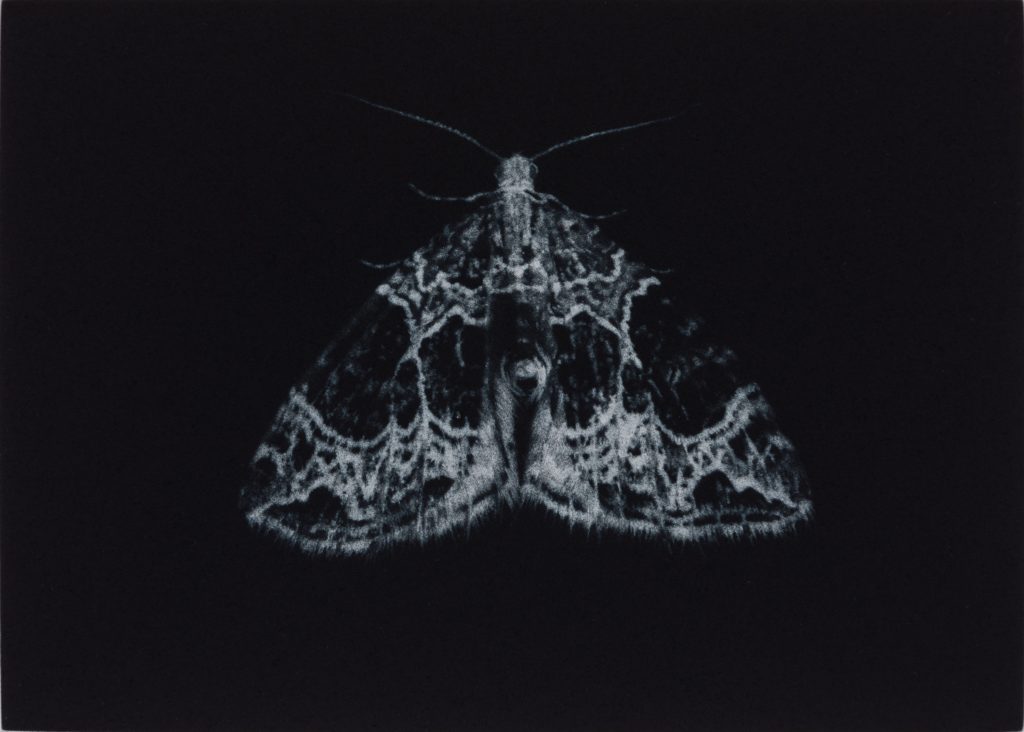
“We are therefore delighted to be hosting her exhibition, Moth, at Castle Howard and contributing, albeit in a small way, to raising awareness of both the beauty and ecological importance of these magical creatures.”
Throughout the exhibition, numerous bookable events will be taking place at Castle Howard in collaboration with Sarah Gillespie and the Yorkshire Wildlife Trust, highlighting the importance of moths in the natural world.
As well as talks, the public will be able to join breakfast and dusk walks, viewing these elusive creatures in their natural habitat, as well as a weekly online live streamed event that will see Sarah release moths caught humanely overnight within Castle Howard’s grounds.
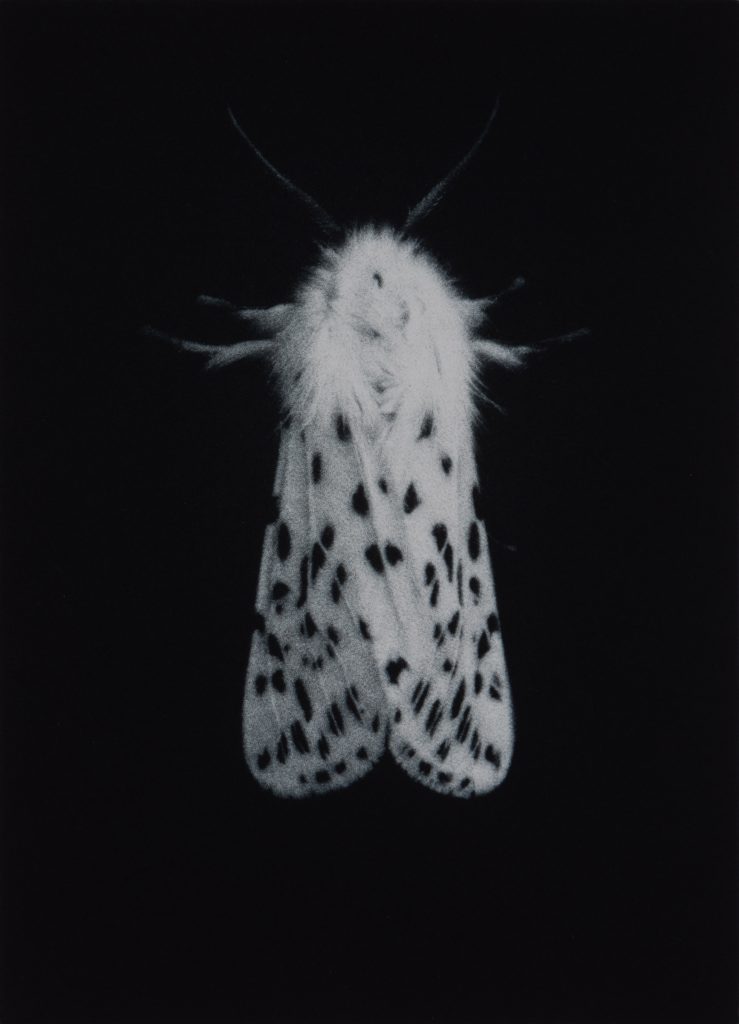
She also will demonstrate the work that goes into making and printing her intricate mezzotints as she creates a new piece inspired by her month-long residency at Castle Howard, with the process able to be viewed in person and real time by visitors. All event and booking information can be found at castlehoward.co.uk.
Sarah Gillespie: Moth will be accompanied by a revised second edition of the ar4tist’s previously sold-out book of the series. The new hardback edition features three additional moth prints, an introduction by author and naturalist Mark Cocker, alongside a specially gifted poem by Alice Oswald.
It is available to buy at £45 from Castle Howard’s gift shop and directly from Sarah’s website, sarahgillespie.co.uk/editions/moth/.
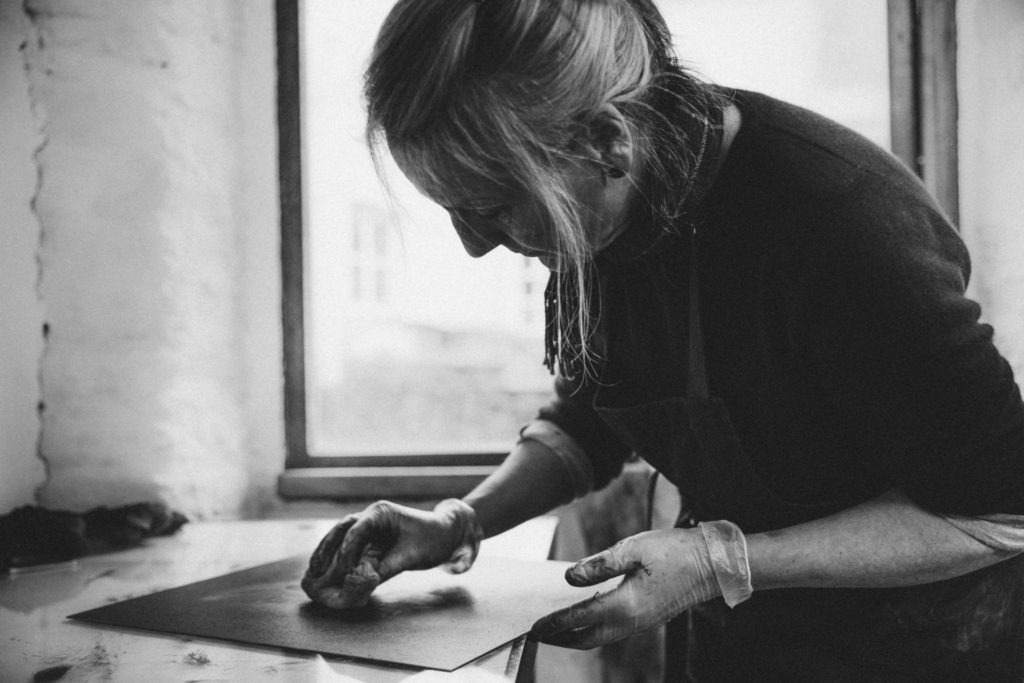
Who is Sarah Gillespie?
SETTLED with her family in the south-west region of Devon, Sarah is an artist of integrity and skill in observing and representing the natural world, focused primarily on the countryside of England that surrounds her daily.
Born in Surrey, she studied at the Atelier Neo Medici in Paris and the Ruskin School of Fine Art at Oxford University. She was awarded the Egerton Coghill Prize for landscape painting, and the international Elizabeth Greenshield Award for figurative painting in her early career.
She is known for the mezzotint printmaking technique that she has adopted to capture the half-tones and gradients of the limited palette of black and white and subtle shades of brown and grey she uses to create her work.
Sarah is a member of the RWA (Royal West of England Academy). In 2019, her work was recognised at the International Mezzotint Festival in Yekaterinburg, Russia, where she was awarded the prize for Adhering to the Traditions and Skills of Graphical Work. To find out more, go to: sarahgillespie.co.uk.
